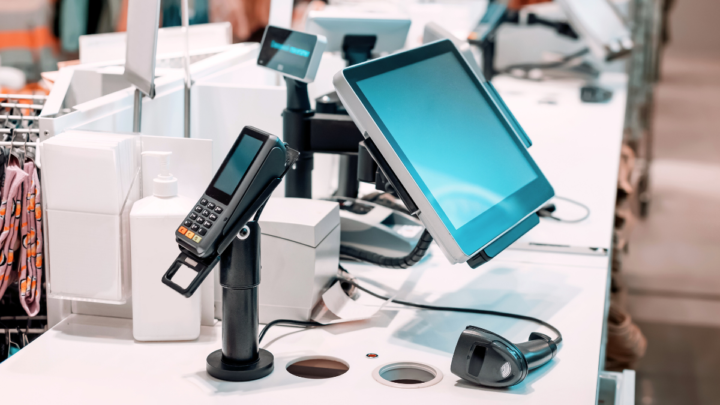How to Safeguard Your POS System Against Malware

In today’s digital age, Point of Sale (POS) systems play a vital role in businesses of all sizes. From processing payments to managing inventory, these systems are indispensable. However, their pivotal role also makes them an attractive target for cybercriminals. Malware attacks on POS systems can lead to data breaches, financial losses, and damage to a company’s reputation. Fortunately, there are effective strategies to safeguard your POS system against malware.
1. Understand the Risks
To protect your POS system, it is crucial to understand how malware can infiltrate it. Common methods include:
- Phishing emails targeting employees.
- Compromised networks.
- Exploitation of outdated software.
- Physical tampering with devices.
By recognizing these risks, you can implement proactive measures to counter them.
2. Use a Secure Network
Your POS system should always operate on a dedicated, secure network. Avoid connecting your POS system to public or unsecured Wi-Fi networks, as these can be easily intercepted by attackers. To secure your network:
- Enable WPA3 encryption for your wireless connections.
- Use a robust firewall to monitor and block suspicious traffic.
- Segment your network to isolate the POS system from other devices and applications.
3. Keep Software Up-to-Date
Outdated software is one of the most common vulnerabilities exploited by malware. Ensure that both your POS software and hardware firmware are regularly updated. Most updates include patches for newly discovered security flaws, making your system less susceptible to attacks.
- Set your system to automatically update whenever possible.
- Partner with your POS provider to stay informed about the latest patches and updates.
4. Implement Strong Authentication
Weak or default credentials can make your POS system an easy target. Strengthen authentication with the following measures:
- Use complex passwords with a mix of letters, numbers, and symbols.
- Change default login credentials immediately after setting up your system.
- Enable multi-factor authentication (MFA) for added security.
5. Encrypt Payment Data
Data encryption ensures that even if malware gains access to your system, the stolen information remains useless to attackers. End-to-end encryption (E2EE) is particularly effective as it encrypts payment data from the moment it is entered until it reaches the payment processor.
Ensure your POS system uses:
- E2EE for transactions.
- Tokenization to replace sensitive payment information with non-sensitive tokens.
6. Conduct Regular Security Audits
Periodic security audits help identify vulnerabilities in your system before they can be exploited. During these audits:
- Scan for malware or suspicious activity.
- Review access logs to detect unauthorized access.
- Assess your network for weak points.
Consider hiring cybersecurity experts to perform detailed penetration testing on your system.
7. Train Employees on Cybersecurity
Your employees are the first line of defense against cyber threats. Regular training sessions can help them recognize and avoid potential threats such as:
- Phishing emails or messages.
- Suspicious links or downloads.
- Unauthorized individuals attempting to access POS devices.
Empower your staff to report any unusual activity immediately.
8. Restrict Access
Limit access to your POS system to only those employees who need it to perform their duties. Implement role-based access controls to ensure each user can only perform tasks relevant to their job.
- Monitor and revoke access for former employees immediately.
- Use unique login credentials for each staff member.
9. Deploy Anti-Malware Solutions
Install reliable anti-malware software on all devices connected to your POS system. This software can:
- Detect and remove malware.
- Monitor your system in real-time.
- Provide alerts about potential threats.
Ensure the anti-malware software is regularly updated to address the latest threats.
10. Plan for Incident Response
Despite your best efforts, no system is entirely immune to attacks. Having an incident response plan in place ensures that you can respond quickly and effectively to a breach. Your plan should include:
- Steps to isolate and contain the threat.
- Communication protocols for notifying stakeholders and customers.
- Procedures for restoring the system and investigating the breach.
Conclusion
Protecting your POS system from malware requires a multi-layered approach combining technology, training, and vigilance. By implementing strong security practices such as using a secure network, encrypting data, conducting regular audits, and training employees, you can significantly reduce the risk of malware attacks. Investing in security not only protects your business but also builds trust with your customers, ensuring long-term success in an increasingly digital marketplace.






